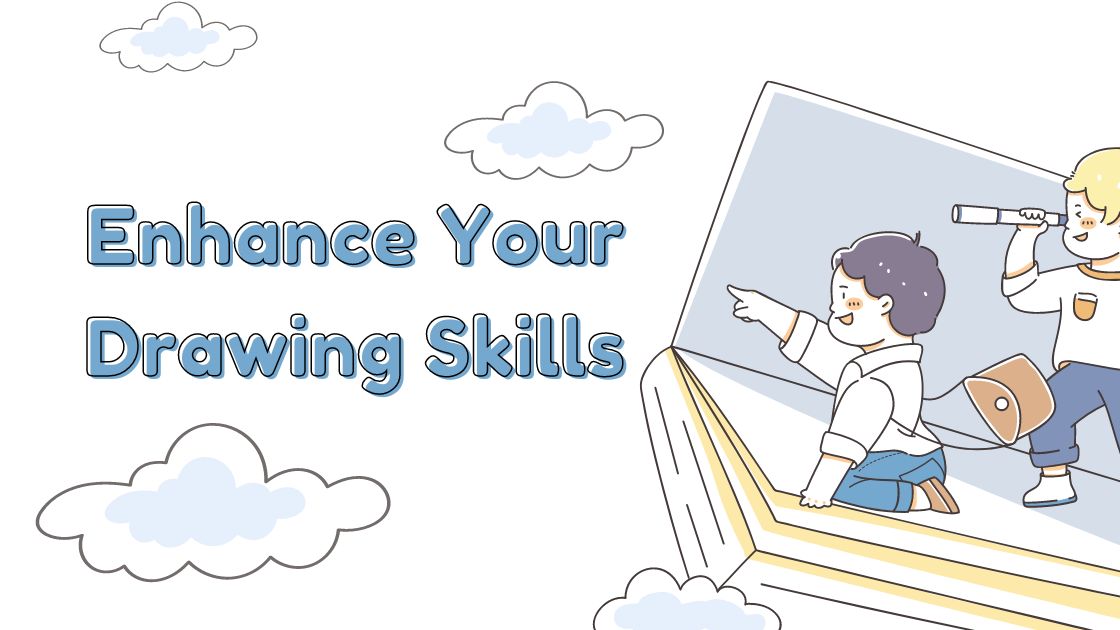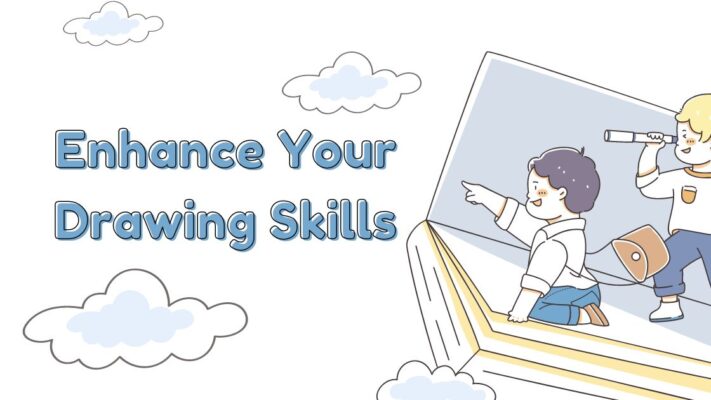Seeking to enhance your drawing abilities? Embarking on the journey of artistic development can be both thrilling and daunting. But fear not! In this guide, we unveil a series of eight meticulously designed exercises crafted to elevate your drawing prowess. From exploring perspective to dissecting anatomy, each exercise targets specific facets of your artistic skill set. By immersing yourself in these techniques, you’ll not only refine your technical aptitude but also deepen your comprehension of form, composition, and expression. So, let’s dive in together and uncover the keys to unlocking your full artistic potential.
1. Sketching Still Life
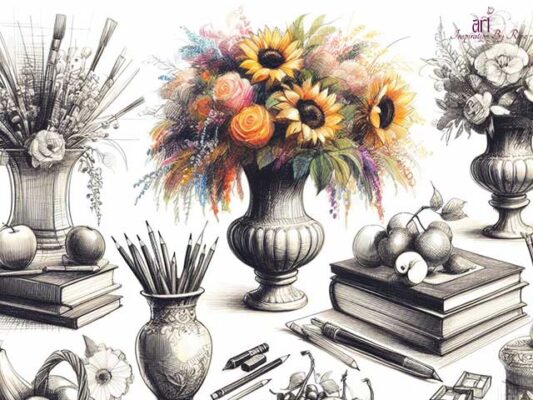
Capturing the essence of everyday objects through sketching offers a fundamental exercise in observation and representation. By studying still life arrangements, beginners can refine their ability to depict form, texture, and spatial relationships accurately. This exercise serves as a cornerstone for developing a keen eye for detail and honing observational skills essential for all aspects of drawing.
2. Mastering Contour Drawing
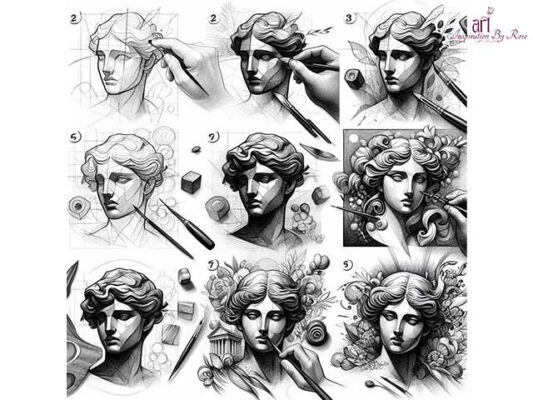
Contour drawing focuses on capturing the outlines and contours of a subject with precision and finesse. By practicing contour drawing, beginners can improve hand-eye coordination and develop a deeper understanding of shape and proportion. This exercise encourages artists to focus on the rhythmic flow of lines and contours, resulting in drawings that exude elegance and fluidity.
3. Exploring Cross-Hatching

Cross-hatching is a versatile shading technique that adds depth and dimension to drawings. By experimenting with different cross-hatching patterns and densities, beginners can learn how to create value and texture effectively. This exercise encourages artists to consider light direction and form, resulting in drawings that are both dynamic and visually engaging.
4. Embracing Negative Space
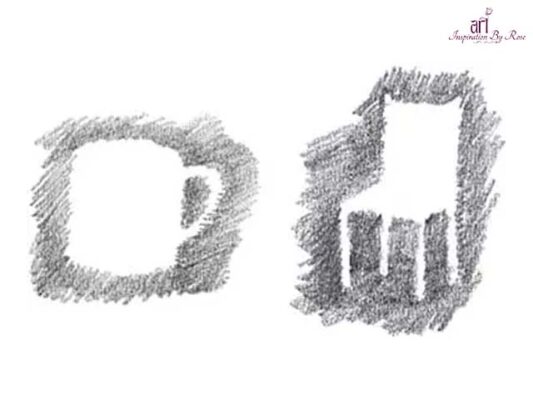
Negative space refers to the area around and between the subject of a drawing. By consciously observing and incorporating negative space into their compositions, beginners can improve their understanding of balance, proportion, and spatial relationships. This exercise fosters a holistic approach to drawing, encouraging artists to consider the entire composition rather than focusing solely on the subject.
5. Experimenting with Mixed Media
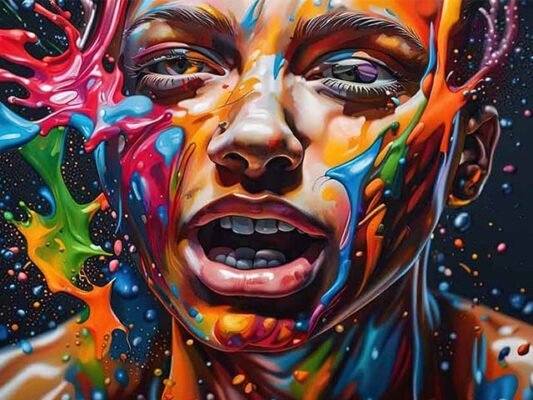
Mixed media drawing involves combining different drawing materials and techniques to create unique and expressive artworks. By experimenting with mixed media, beginners can expand their creative horizons and discover new ways to express themselves artistically. This exercise encourages artists to embrace experimentation and playfulness, resulting in drawings that are rich in texture and visual interest.
6. Incorporating Collage
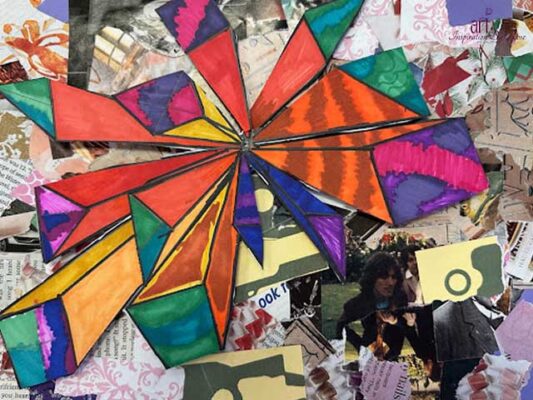
Collage is a versatile technique that involves assembling various materials and images to create a cohesive composition. By incorporating collage elements into their drawings, beginners can explore concepts of juxtaposition, layering, and narrative storytelling. This exercise encourages artists to think outside the box and push the boundaries of traditional drawing practices, resulting in artworks that are innovative and thought-provoking.
7. Drawing from Imagination
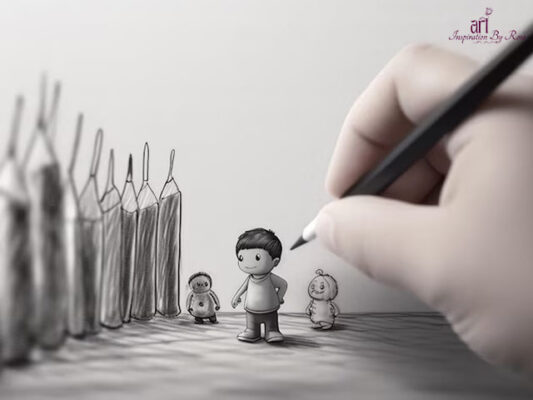
Drawing from imagination allows artists to unleash their creativity and explore endless possibilities. By letting go of reference materials and drawing freely from their minds, beginners can develop their own unique style and artistic voice. This exercise encourages artists to trust their instincts and embrace spontaneity, resulting in drawings that are deeply personal and expressive.
8. Reflecting and Refining

Reflection and refinement are essential aspects of the artistic process. By regularly reviewing their work and seeking feedback from others, beginners can identify areas for improvement and continue to grow as artists. This exercise encourages artists to be open-minded and receptive to constructive criticism, resulting in continuous growth and development.
Incorporating these exercises into your drawing practice can help you build a solid foundation of skills and unlock new levels of creativity and expression. Remember, the journey of artistic development is as rewarding as the destination, so embrace each exercise with enthusiasm and curiosity. Happy drawing!
Related Posts
- 10 High-Quality Free Fonts for Commercial Projects
- Discover the Best 10 Outdoor Fonts for Nature Lovers
- Cultural Celebration of Diverse Readers on National Read Day

